
- Home
- News
- Analysis
- States
- Perspective
- Videos
- Education
- Entertainment
- Elections
- Sports
- Features
- Health
- Budget 2024-25
- Business
- Series
- Bishnoi's Men
- NEET TANGLE
- Economy Series
- Earth Day
- Kashmir’s Frozen Turbulence
- India@75
- The legend of Ramjanmabhoomi
- Liberalisation@30
- How to tame a dragon
- Celebrating biodiversity
- Farm Matters
- 50 days of solitude
- Bringing Migrants Home
- Budget 2020
- Jharkhand Votes
- The Federal Investigates
- The Federal Impact
- Vanishing Sand
- Gandhi @ 150
- Andhra Today
- Field report
- Operation Gulmarg
- Pandemic @1 Mn in India
- The Federal Year-End
- The Zero Year
- Premium
- Science
- Brand studio
- Newsletter
- Home
- NewsNews
- Analysis
- StatesStates
- PerspectivePerspective
- VideosVideos
- Entertainment
- ElectionsElections
- Sports
- Features
- BusinessBusiness
- Premium
- Loading...
Premium - India-Canada ties
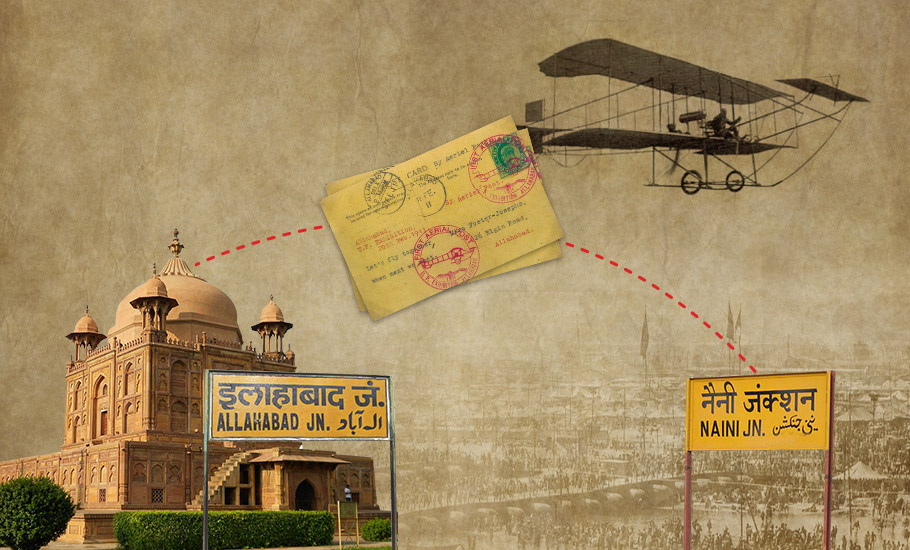
When the world’s first-ever airmail service landed in Allahabad in 1911
Not many know that Allahabad, now Prayagraj, had made its mark in colonial modernity by recording the world’s first-ever airmail service in 1911.

Allahabad, now Prayagraj, is widely known as a sacred city. If Varanasi (Kashi) is the Mecca of Hinduism, Allahabad (Prayagraj) is the Medina, a city on the banks of the confluence of Ganga and Yamuna and also supposedly the mythical river Saraswati, all considered—and even worshipped—as sacred rivers. But not many know that the city had also made its mark in colonial modernity by...
Allahabad, now Prayagraj, is widely known as a sacred city. If Varanasi (Kashi) is the Mecca of Hinduism, Allahabad (Prayagraj) is the Medina, a city on the banks of the confluence of Ganga and Yamuna and also supposedly the mythical river Saraswati, all considered—and even worshipped—as sacred rivers.
But not many know that the city had also made its mark in colonial modernity by recording the world’s first-ever airmail service.
On February 18, 1911, in a historic event, the world’s first-ever airmail service was launched at Allahabad. Considering that the Wright Brothers—Orville and Wilbur—had flown their first ever aircraft barely a few years earlier on December 17, 1903, the feat of first-ever airmail service being launched in Allahabad within 8 years was a historic moment.
The event has completed 110 years this month, and a First Day Cover has been released to mark the occasion.
Allahabad was the main urban centre for the colonial administration for the United Provinces of Awadh and Agra, the Hindi heartland of British India. Allahabad University (AU), established in 1887, was for the sprawling Hindi region in those days what Presidency College was for the Bengal Presidency and Madras University for the Madras Presidency. It was known as the ‘Oxford of the East’.
Most of the first-generation Western-educated elite among the natives, who mostly got into the colonial civil service from the Hindi belt, graduated out of the Allahabad University. They mostly hailed from among the affluent Hindu and Muslim rural gentry of the Awadh and Poorvanchal regions.
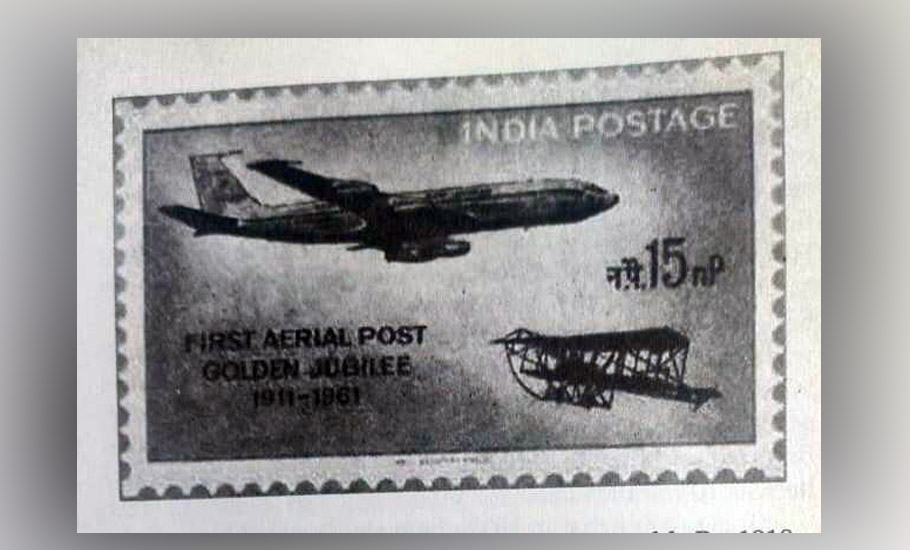
But during their studies, they were desperately in need of more hostel facilities to pursue their studies, as accommodation facilities in existing hostels were limited.
The Holy Trinity Church in Allahabad has been in existence since earlier colonial times (built in 1839 by Lieutenant Sharp). Since conversion to Christianity had not acquired a mass dimension in this part of colonial India, it was mainly catering to a small Christian population of British soldiers and other staff in the cantonment.
Still, being a pioneer in philanthropy, the Holy Trinity Church of Allahabad wanted to help students from the region by expanding hostel facilities for the students, who were predominantly of Hindu origin.
Prof. Neelum Saran Gaur of AU, an urban historian of Allahabad, gave The Federal a copy of her book ‘Three Rivers and a Tree’, a story of Allahabad University.
In that she writes about the Holland Hall Hostel, “established by the Angelican missionaries, … it was originally called the Oxford and Cambridge Hostel, with two blocks, the Oxford Court and the Cambridge Court. The latter was constructed first and work on the Oxford Court was held up for want of adequate funds. It goes to the credit of the Reverend W.E.S. Holland, to think of an ingenious method for raising money. Taking advantage of the great industrial exhibition of 1911, at which the first Humbar Biplane was on display, the Reverend Holland, with the help of Sir Walter Windham, set up a novel scheme for the world’s very first aerial postal delivery!”
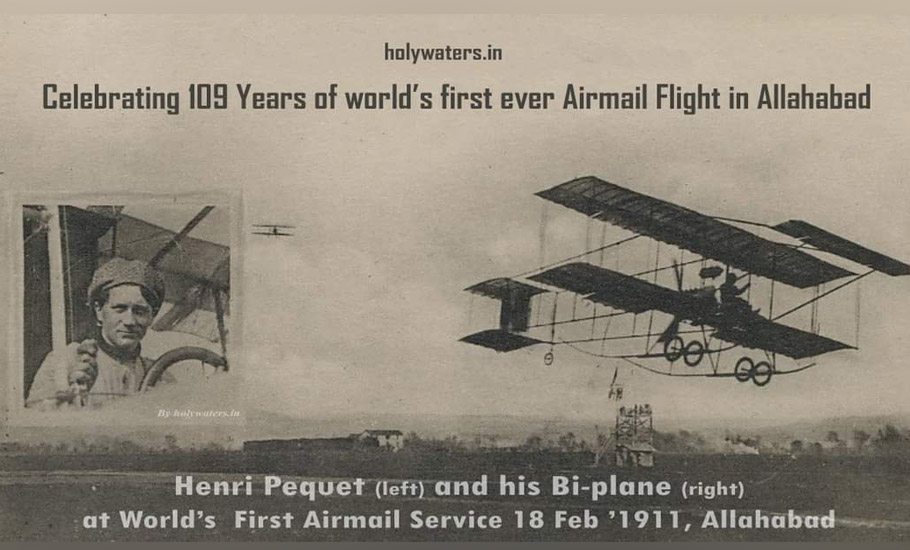
Sir Walter Windham was the British Commander General of Allahabad Garrison. Incidentally, 1911 was also the year of the famous Maha Kumbh Mela in Allahabad, and the plane was supposed to be brought to Allahabad also for a demonstration flight before lakhs of people who usually gather there and live in makeshift tents for a month, for holy dips at Sangam on all the auspicious days of the Hindu month of Magh. These people had never heard of an aeroplane, let alone seeing one.
General Windham broached the idea (of sending mails by the plane) with the local postmaster-general in Allahabad and he readily agreed to cooperate. It was planned that these mails would be carried by plane to Naini, an emerging industrial area adjacent to Allahabad on the other side of Ganges, and from there, they would be carried to the destination of the addressees.
Suprotik Ghosh, who is one of the proprietors of The Indian Press and whose family had sold thousands of acres of land at a concessional price of ₹1 lakh in those days to set up Allahabad University, tells The Federal: “The plan was widely announced and the native elite including rajas, nawabs, zamindars and other notables from the region thronged to the Oxford and Cambridge Hostels to book their mails. Among the mails was one sent by Motilal Nehru to his son Jawaharlal Nehru, who was studying in England at that time.”
“For two days, the hostel functioned as a busy General Post Office, receiving mail with an enclosed donation of 6 annas, addressed to various destinations around the world.”
According to Prof. Gaur a special postmark with a magenta-coloured dye and with the words ‘First Aerial Post, 1911, UP Exhibition, Allahabad’ was used on the letters.
Senior journalist, Arvind Kumar Singh, who is also a postal historian, says in his book on the history of Indian Post, “A French pilot Henri Pèquet created history. He flew from Allahabad to Naini, carrying with him 6,500 letters and 40 postcards. Though there was a heavy demand to send more mails, the number was restricted to 6,500 as the turboprop plane could not carry more weight as luggage beside the pilot.”
Arvind tells The Federal that the plane took off from the Polo Grounds in Allahabad and flew 6 miles over the sprawling Yamuna, a tributary of the Ganges, reached Naini and landed in a ground near the Naini Junction, which had been cleared for the purpose by inmates of the Naini Jail.
A milestone has been achieved in the aviation and postal histories of the world and Allahabad was the proud venue.
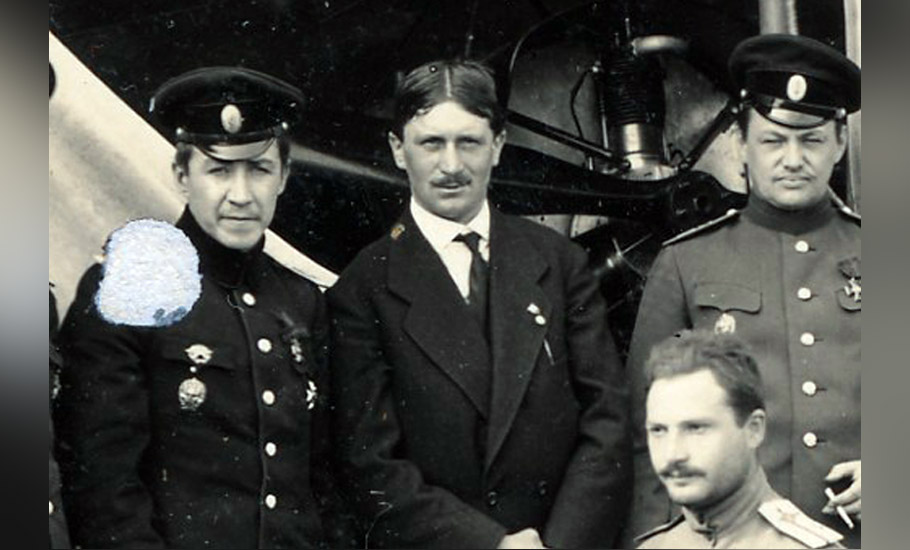
According to Arvind, “A mammoth crowd of more than a lakh people, who had assembled for the Kumbh and the exhibition, witnessed the event. People were reportedly awestruck at this amazing huge machine-bird, the flying machine as many of them had not even heard of airplanes. The Wright Brothers’ invention had not yet percolated down to their level yet.”
In an interview to a French air-force magazine, Henri Pequet had noted that he flew on a Sommer bi-plane with a rotary Gnome engine of 50 horsepower at the speed of 60 miles per hour at a height of 120–150 feet.
“Before landing, I flew over the Ganga and I was not quite sure that I would make it,” said Pèquet in the interview he had given before he died in 1974 at the age of 86.
That was perhaps the first aerial view of an aeroplane for millions of Indians, some of whom even worshipped it.
A mix of modernity and holiness, philanthropy and exhibitionism. Proponents of contemporary liberal multiculturalism and students of transition to modernity should take note of this stellar example of composite culture of the Christian Church and a general and a pilot of that denomination rising to the occasion to help the largely Hindu and Muslim native students.
Vaibhav Maini, joint secretary, Allahabad Chapter of INTACH, told The Federal that a sum of ₹2500 was earned for building the Oxford Wing of the Hostel. He says that on the occasion of 100 years of the world’s first official airmail flight in 2011, a set of 4 stamps and a (postal) miniature sheet were released to commemorate the historic event.
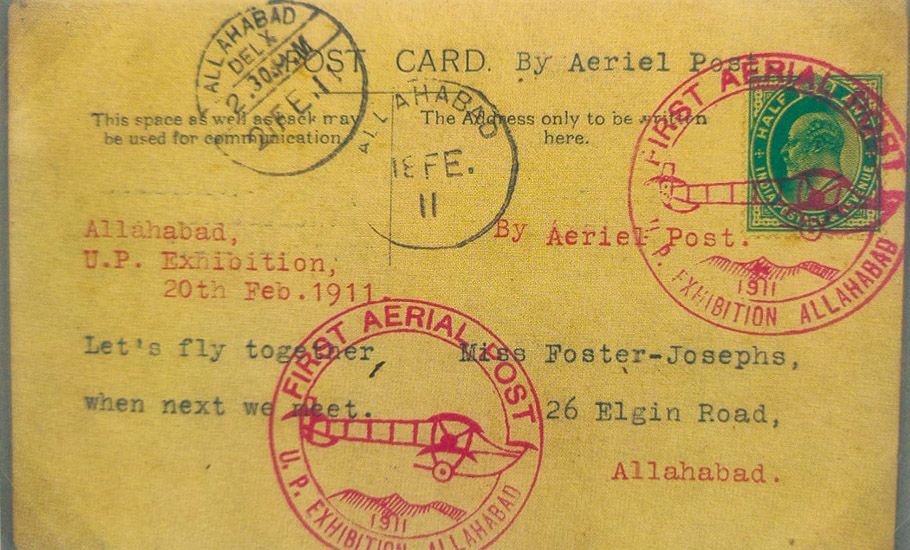
Thanks to its tech prowess, India today is the leading supplier of COVID-19 vaccines to most parts of the world to save large chunks of the rest of the global population.
Considering that India is still being broadly considered as an emerging underdeveloped country, this is no mean achievement. Every Indian is proud of this. But unfortunately many of them are not aware that exactly one hundred and ten years back, colonial India too had performed a similar historic feat. It is high time we remember our secular and composite heritage which can propel us forward in the right direction in these trying times.

